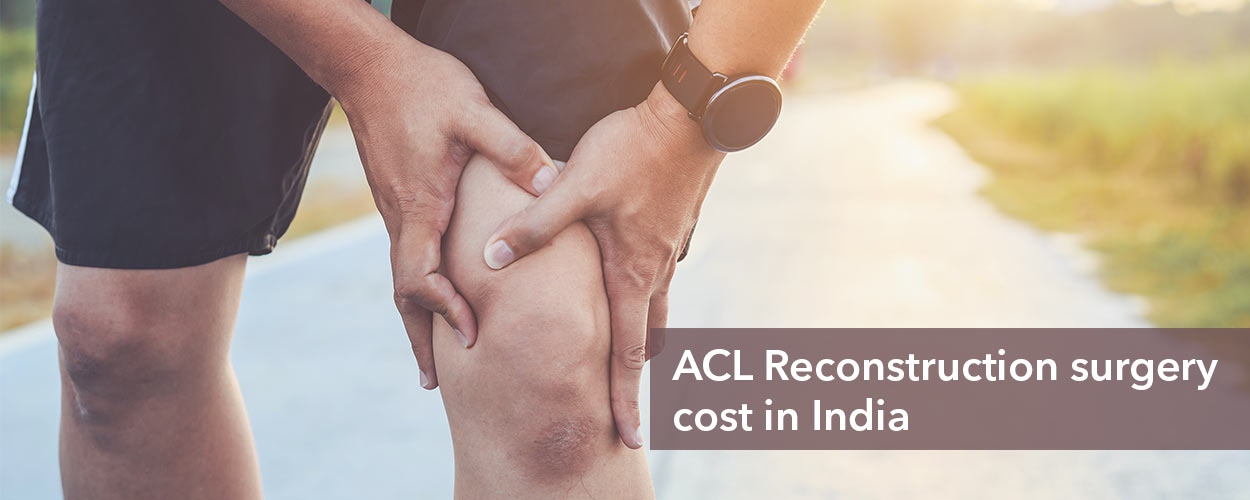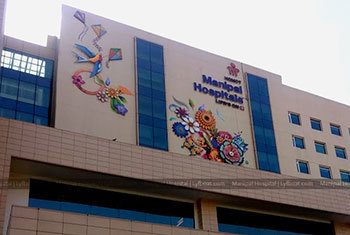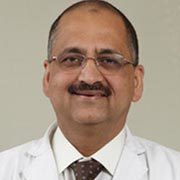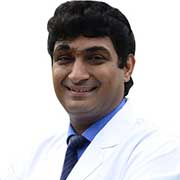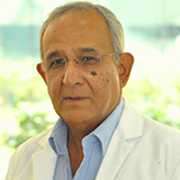Types of ACL surgery
An injured or torn ACL is treated by sewing the ligament back together, rather a reconstruction surgery using a connective tissue graft is required for complete healing. A graft can be taken from both types of connective tissues – ligaments and tendons. These tissue grafts help rebuild or replace the injured ACL. The injured ligament heals around the graft over a period of time, usually several months.
There are different types of grafts and ACL surgery procedures that can be used to treat the ACL injury. The selection of a suitable graft type is personalized for each patient. The doctor will recommend the graft on basis of various factors including
- Pros and cons of each graft type
- Patient’s age
- Lifestyle and activity level of the patient
- Whether any other associated injuries also need to be treated
ACL reconstruction with Autograft:
An autograft is a piece of connective tissue obtained from the patient’s own body. For an autograft, a piece of connective tissue can be taken from the patellar (kneecap) tendon, hamstring or quadriceps tendon. The patellar tendon is considered to be the gold standard for ACL autograft reconstruction.
The tendon from the patellar site heal itself and the missing portion re-grows over time. An ACL reconstruction with an autograft requires a large incision, longer surgery time, and results in more postoperative pain than an allograft reconstruction.
Patellar Tendon Autograft:
The bone-patellar tendon autograft is a widely used standard ACL reconstruction graft. It is taken from the middle third of the patellar tendon along with the bone from the surface of the kneecap (patella) and bone from the shin-bone (tibia).
This autograft has many advantages including the ability to properly restore stability of the knee, quick incorporation, and low rate of re-tearing. Some disadvantages of patellar autograft are temporary or long-term pain in the front part of the knee, requires a larger incision, a slight loss of movement, and pain immediately after the reconstruction surgery.
This autograft is typically recommended for patients who are high-level or elite athletes, or those who had failed prior ACL reconstructions. It might not be a suitable option for patients who have conditions such as patellar tendonitis and patellofemoral syndrome.
Also, people who have jobs that require frequent kneelings, such as gardeners, floor installers, and plumbers, or those who are involved in long-distance or repetitive running (marathon runners) also do not prefer this graft.
Hamstring Tendon Autograft
For an ACL surgery, the surgeon might use two of the five hamstring tendons to reconstruct the ACL. With this type of autograft, there is no need to harvest the bone with the hamstring tendons. The post-surgery pain immediately after the operation is comparatively less than pain with patellar autografts.
Other advantages of hamstring autografts are the restoration of knee stability, the use of a smaller incision, and reduced chances of long-term knee pain.
The disadvantage of using this graft is that the reconstructed ligament might not be as strong as the patellar graft, it has a slower process of graft incorporation and healing and there can be a slight loss in tendon strength when the knee is bending (end flexion range).
This autograft is often used in the younger patients who have an active lifestyle and those who often kneel. Patients who are not recommended this graft have very flexible joints in their body or have a history of MCL sprain.
Quadriceps Tendon Autograft
This graft comes from the thigh (quadriceps) tendon along with bone from the kneecap, with a bone on one end and soft tissue on the other. It is not as commonly used as the other autografts but it is considered to be reliable.
The advantages of a quadriceps graft are that results in less long-term knee pain in comparison to a patellar graft, have reliable strength, and healing bone at one end. The patient might experience more initial pain with this graft than a hamstring autograft, but less than the patellar graft.
ACL reconstruction with Allograft:
An allograft is a piece of connective tissue obtained from a cadaver donor. These grafts are sourced from a tissue bank. The benefit of using this type of graft for reconstruction is that it requires only one incision, a shorter surgical time, causes less pain, less donor site surgical pain, and faster patient recovery. As the surgical morbidity associated with allograft is very limited, it provides aesthetic benefits for the patient.
The disadvantages of using this graft are that it carries the risk of transmission of infectious diseases such as HIV and Hepatitis C viral infections, chances of rejection by the immune system, slow remodeling and integration processes as it requires sterilization methods (gamma rays). The sterilization process is important to reduce the risk of transmission of infection from the donor tissue.
ACL reconstruction with Xenograft or synthetic/artificial grafts:
A xenograft is obtained from the connective tissue of non-human or animal sources. The artificial ligament graft is made from synthetic materials and has been under trials to check its performance. The xenografts and synthetic grafts are expected to show excellent potential for use in the future.
There are two different techniques that can be used for ACL reconstruction: Extra-articular and Intra-articular.
